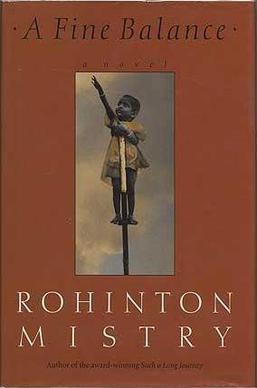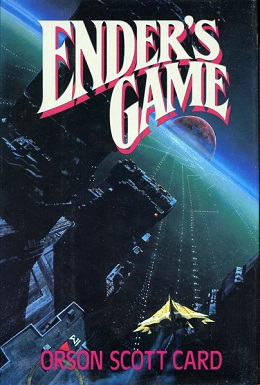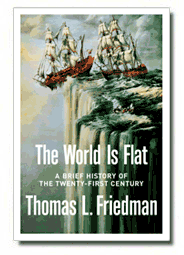
370 Pages (Trade Paperback)
Fantasy Fiction
This is the first book I have read by Neil Giaman. I have heard of other stories and seen a couple movies based off of his books. I was pretty sure that I would be impressed with his writing.
Richard Mayhew is living the typical life of a middle aged Londoner. He is engaged to be married, has a steady job and is blissfully letting life pass him by. One evening on the way to dinner he finds a woman lying, bleeding on the ground. Against the warnings of his fiancé; he helps the woman. The woman, named Door, pleads not to be involved with a hospital or police. Richard has no choice but to take her to his place.
The following morning a strange pair of men show up at Richard’s apartment. They burst in the room and start searching for Door. They find nothing and leave him. Door seems to have quickly recovered from her injuries and, after talking to a bird and a rat, leaves. Richard starts to go back to his normal life when things start to take a strange twist. He hails taxis and they ignore him. He tries to interact with people and the act as if he isn’t there or quickly forget about him. He goes to work only to find that his desk has been cleared off. He soon finds that he has become a part of London Below. The place where people who fall through the cracks end up. He has to quickly learn how to survive in a place where nothing aligns with London Above. He eventually finds the Lady Door, who he helped, and is drawn into a mystery involving the death of her entire family.
Gaiman’s writing is easy to read. The story itself gets twisted and turned you seem to be lead one way only to be lead another. Interesting characters and a dreary background make this story what it is. A reader can take nothing for granted as the values of London Above mean little Below. Monsters and Monks are more common than money. Magical abilities are not uncommon and Rats sit atop the hierarchy of society. Only by joining with a unusual set of characters does Richard have any hope of returning to the life that has forgotten him.
I found Neverwhere to be a light read that was still entertaining. A teenager would be able to read this, but there is enough for an adult to enjoy.
Emotional/Intellectual 2 – I did enjoy reading this, but nothing stuck out as extremely dramatic.
Style/Readability 5 - Gaiman light hearted style combined with easy reading is a boon to the book. I was easily immersed and wanted to keep read each night. His
Long-Term Impact 2 – Gaiman has made a significant impact on the slightly strange side of things. His popularity deserves to only grow more. That said, other books of his will most likely be what make this possible.
9 out of 13. I did enjoy it and suggest it. I do feel that I may get more out of some of his other books once I get to them. That said, I certainly will be giving those others a try.














